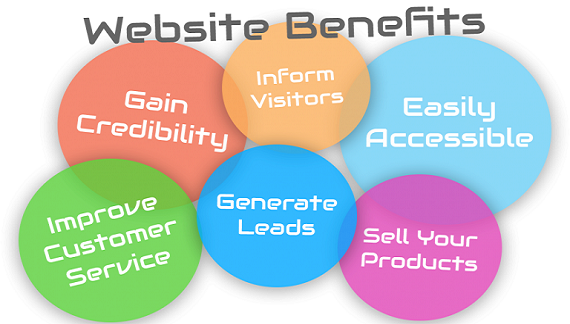Let’s examine how important Web Design is to the success of any Web-based marketing campaign. In a September 2003 report from Forrester Research titled “The Best and Worst of Site Design, 2003” the authors stated, “Most of the problems we found were self-inflicted wounds resulting from site managers who naively allow designers to: hide value, turn interfaces into dexterity tests, favor “white space” over information, and leave users hanging.” The traps are subtle, but good design is a triumph over more than the pitfalls. Good design is the result of a process of deep thought. And therein lies the biggest benefit of good design: visitors to the site who are thinkers know that the designer is a thinker. They know that the designer was not acting out of ego, but of thinking of the needs of others.
Sites that exhibit good design—those that anticipate the needs of their visitors, prospects and patrons—are directly rewarded with ROI: return on investment. Using scenarios and personas to truly step inside the visitor’s likely situation(s) give designers clear priorities in the numerous decisions around navigation, use of imagery, arrangement of content, linkages within the site, and required functionality. Without clear objectives and a firm grasp of the audience, misuse of the opportunity to communicate value to each and every visitor is the likely outcome. Using technology to dazzle does little to convey meaning, much less compel thinking customers to stay. For those who use the Web as art, technology prowess is fine. For those who are intent on conducting commerce and generating qualified leads, the name of the game is conscientious, concise, controlled experience of the features and benefits of the products or services the site owner offers.
There is more to achieving a site’s objectives than good design, and we will in future issues address some of them, but at the first view of a Web site is the visitor’s impression of the whole site formed. If it’s not positive, the rest of the site and its intent is fighting an uphill battle. Thinking becomes the most important step in any site design. Who are the visitors? What are they looking for? What is their situation, are they rushed? Are they knowledgeable? Are they looking for opinions or facts? Are they the kind of prospect the site owner is looking for? Knowing the answers to those and more questions will better inform a designer than any images, cool Flash techniques, or PHP application.


